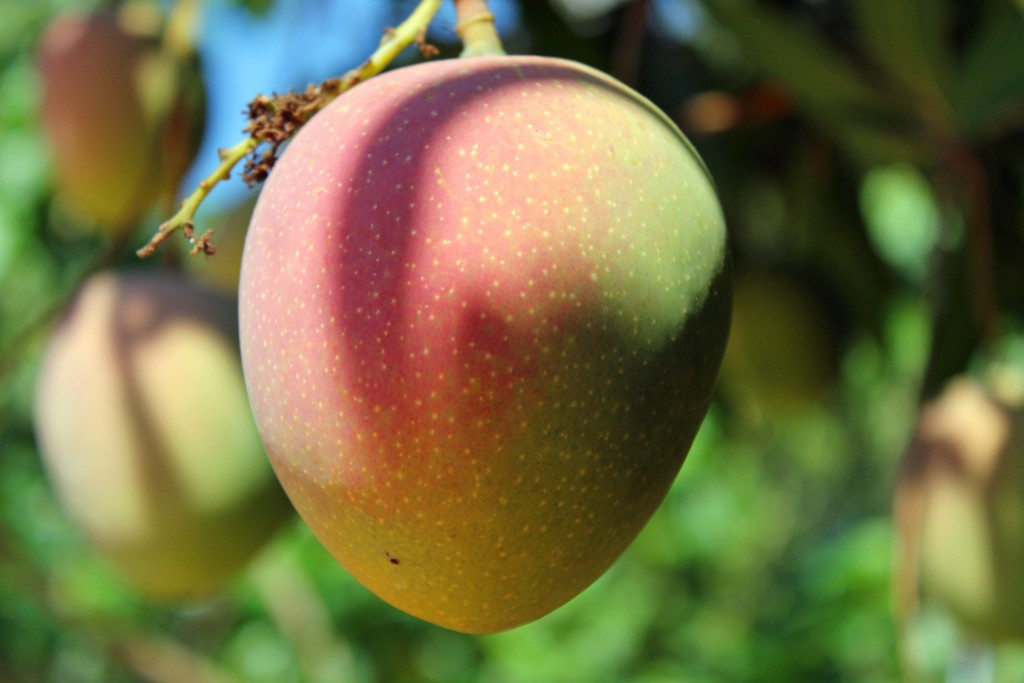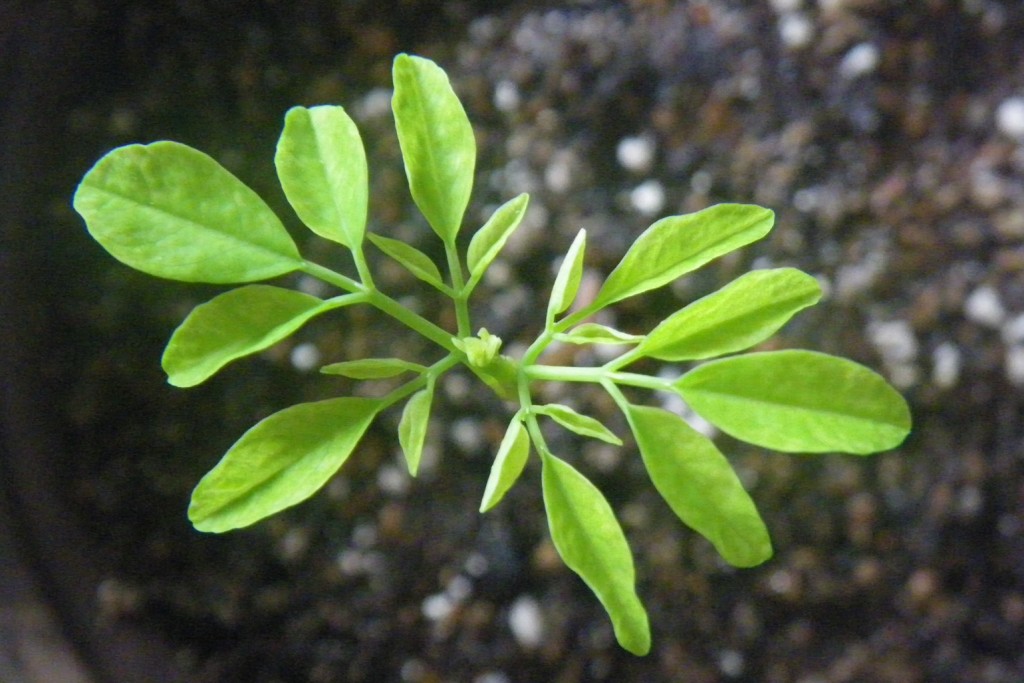types of trees we plant in Uganda
Share
The first year of the project in Uganda, with financial support from tentree and guidance from 4HMT, was a very successful. Two nurseries were raised and over 25,000 trees have been planted. In fact, the Kasala nursery planned to have 15,000 trees but additional seeds were provided to BoHU at no additional costs, and it actually raised more than 20,000 trees. The Ddundu nursery had been planned to have 10,000 trees and it actually raised over 12,000 trees. The additional almost 8,000 trees, currently still growing in the nurseries, were possible because BoHU obtained additional seeds at no extra cost. These trees will be ready for out planting in January. Trees raised were Mango, Orange, Moringa, Pawpaw, and Jackfruit. Trees were planted in school gardens and compounds, family farms, community centres, youth farms, health centres and district headquarters. Here are all the types of trees we plant in Uganda:
1) Mangoes trees (Mangifera spp)
 Will be planted since they grow well in tropical climates. Mangoes are popular because they are so delicious, but they are also packed with vitamins, minerals and anti-oxidants. Dried mango has the potential to be a significant micro-enterprise for tree owners. Dried flowers are of medicinal value and used for curing dysentery and catarrh of the bladder. Mango is a cure for wasp sting, rubbed between the hands and left to dry. Mangoes are not very difficult to maintain and they do not need lots of care while growing up, they need watering and maintenance when they are still young but once they are established, not too much more care is needed. Nevertheless, the students will be tasked with taking the trees home to their families. Both students and families will be trained to water and maintain the trees, but in keeping with the tenets of 4-H Youth Development, the youth will have the primary responsibility for their trees.
Will be planted since they grow well in tropical climates. Mangoes are popular because they are so delicious, but they are also packed with vitamins, minerals and anti-oxidants. Dried mango has the potential to be a significant micro-enterprise for tree owners. Dried flowers are of medicinal value and used for curing dysentery and catarrh of the bladder. Mango is a cure for wasp sting, rubbed between the hands and left to dry. Mangoes are not very difficult to maintain and they do not need lots of care while growing up, they need watering and maintenance when they are still young but once they are established, not too much more care is needed. Nevertheless, the students will be tasked with taking the trees home to their families. Both students and families will be trained to water and maintain the trees, but in keeping with the tenets of 4-H Youth Development, the youth will have the primary responsibility for their trees.
2) Jackfruit (Artocarpus spp.)
 Is a very popular food in Uganda, and grows extremely well in the Mukono area. These trees are prolific and produce extremely large fruit, which can be prepared in a number of ways. An advantage of this fruit is that it can also be preserved, such as by drying. In addition, the fruit can be turned into nectar, so the fruit can be sold to manufacturers. Seeds can be prepared and eaten, or they can be harvested to create the next generation of trees in the tree nurseries.
Is a very popular food in Uganda, and grows extremely well in the Mukono area. These trees are prolific and produce extremely large fruit, which can be prepared in a number of ways. An advantage of this fruit is that it can also be preserved, such as by drying. In addition, the fruit can be turned into nectar, so the fruit can be sold to manufacturers. Seeds can be prepared and eaten, or they can be harvested to create the next generation of trees in the tree nurseries.
3) Moringa oleifera
 Trees will grow well in this area, and will be raised in the tree nurseries, and out planted at the school, in the family compounds, and in agroforestry. There are many advantages to Moringa, but the main reason to grow them is for their nutritional value. Sometimes called a “miracle tree,” Moringa has an extraordinary level of protein in the leaves, plus necessary vitamins and minerals. Oils can be extracted from the seeds, which can also help to improve nutritional security.
Trees will grow well in this area, and will be raised in the tree nurseries, and out planted at the school, in the family compounds, and in agroforestry. There are many advantages to Moringa, but the main reason to grow them is for their nutritional value. Sometimes called a “miracle tree,” Moringa has an extraordinary level of protein in the leaves, plus necessary vitamins and minerals. Oils can be extracted from the seeds, which can also help to improve nutritional security.
4) Pawpaw
 Pawpaw (also known as Papaya) is a very popular fruit in Uganda and it also has high demand especially amongst the farmers in agro-forestry. This fruit can also be dried and sold by small businesses.
Pawpaw (also known as Papaya) is a very popular fruit in Uganda and it also has high demand especially amongst the farmers in agro-forestry. This fruit can also be dried and sold by small businesses.
5) Orange
 Orange trees grow well around Mukono, and oranges are valued for their sweet taste, caloric content, and potential as a resource for orange juice businesses.
Orange trees grow well around Mukono, and oranges are valued for their sweet taste, caloric content, and potential as a resource for orange juice businesses.